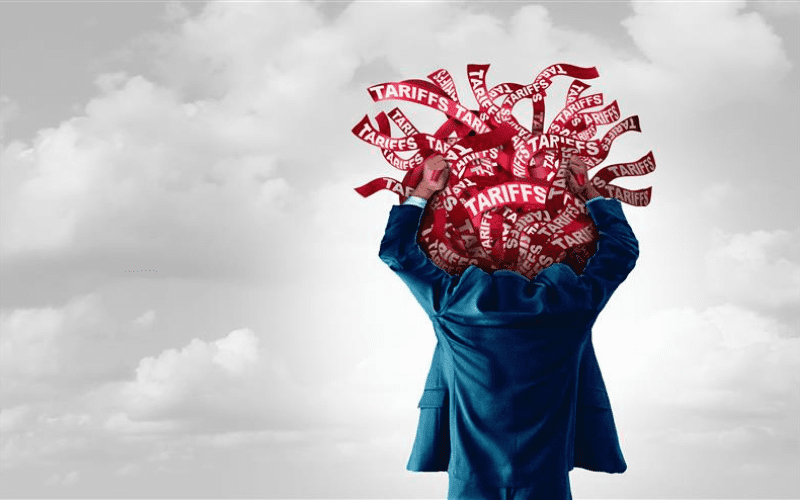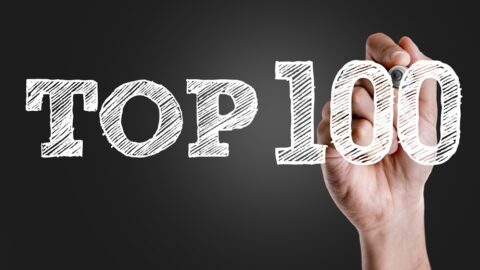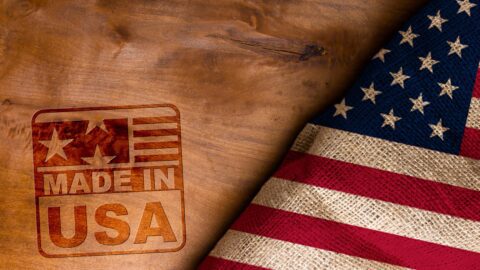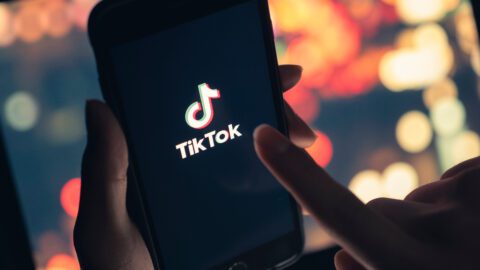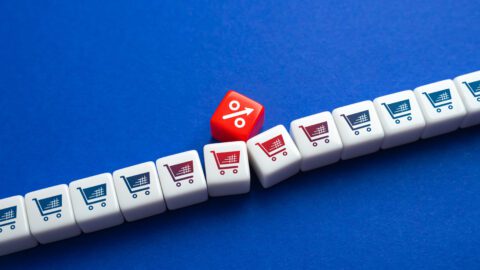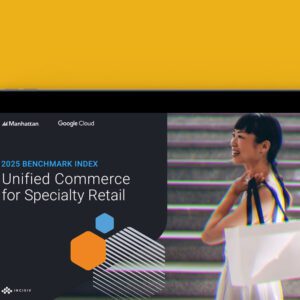This article first appeared in our sister publication Shop Eat Surf Outdoor (SESO)
The National Retail Federation said Tuesday that the “pervasive” uncertainty caused by the changing U.S. tariff and other governmental policies makes it hard for companies to forecast and plan their business.
The uncertainty heightened Monday when U.S. President Donald Trump revived his reciprocal tariff threats against 14 nations, with tariffs ranging from 25% to 40%, if trade deals are not reached by Aug. 1. Nations targeted include Japan, South Korea, Bangladesh, Cambodia, Thailand and more.
SESO has talked to many executives over the past several months who had been basing their business planning on the assumption that a 10% tariff rate would be the norm for most countries.
Advertisement
2025 Started Strong, Now ‘Anxiety and Confusion have Taken Center Stage’
“This year began with high expectations for the strength of the U.S. economy,” National Retail Federation Chief Economist Jack Kleinhenz said in a statement, noting strong 2.8% year-over-year growth in gross domestic product in 2024 that was led by consumer spending and helped by business and government spending. “Since then, anxiety and confusion have taken center stage in the economy and financial markets as uncertainty over public policy has intensified. It was difficult to judge how policy changes would impact the economy in early 2025 and it remains so now.
“Economic fundamentals appear solid at this juncture, but uncertainty is pervasive,” Kleinhenz added. “There are many crosscurrents surrounding tariffs, immigration and deregulation, and everyone is sorting through what the tariff rates are going to be, how they will impact inflation for retail products and, importantly, how long they will be in place.”
Uncertainty has led to Hundreds of Hours of Extra Work
The uncertainty that companies have been dealing with since the tariffs were first announced in April has led to hundreds of hours of extra work for company executives as they try to reconfigure supply chains, product lines and pricing structures because of tariffs. Some are also scrambling to find cash to pay the tariffs once goods arrive.
SESO talked to one brand executive who held out until recently before notifying retailers of price increases, only to have Trump announce that tariffs on goods from Vietnam were moving from 10% to 20%, scrambling plans once again.
Tariffs Likely to Impact Consumer Spending & Labor Market
Kleinhenz of NRF said the impact of tariffs on inflation have yet to be felt in full, and expects that once they hit later this year, it could negatively impact both consumer spending and the labor market.
“If the large increases in tariffs announced earlier this year take effect and are sustained, they will infiltrate consumer prices, causing a downshift in spending that is likely to spill over into the labor market later in the year with higher unemployment,” Kleinhenz said.
While uncertainty is difficult to quantify, an Economic Policy Uncertainty Index developed by economists at Stanford and Northwestern has fallen by half since April, when it hit its highest level since the pandemic, the NRF said.
Adoption of ‘Big Beautiful Bill’ will Reduce Fiscal Uncertainty
In addition, with the “One Big Beautiful Bill Act” spending measure signed into law, there are ”many moving parts” that “could greatly alter the economic outlook” depending on how businesses and consumers react, Kleinhenz said. On the positive side, however, adoption of the bill — which provides business incentives, permanent tax cuts for individuals and measures to induce more workforce participation — “meaningfully reduces fiscal policy uncertainty,” he said.
According to the NRF, retail is the nation’s largest private-sector employer, contributing $5.3 trillion to annual GDP and supporting more than one in four U.S. jobs — 55 million working Americans.



